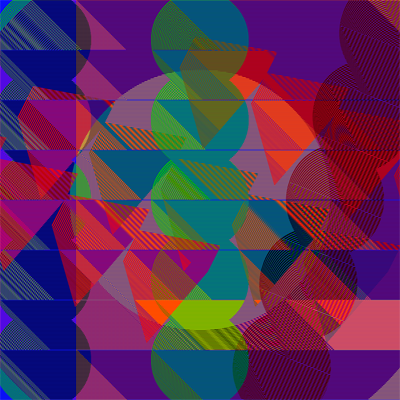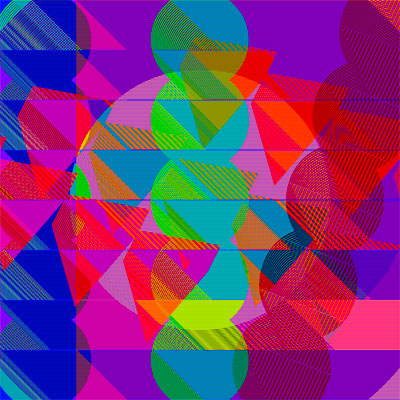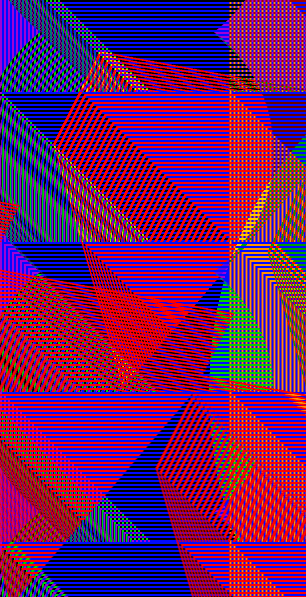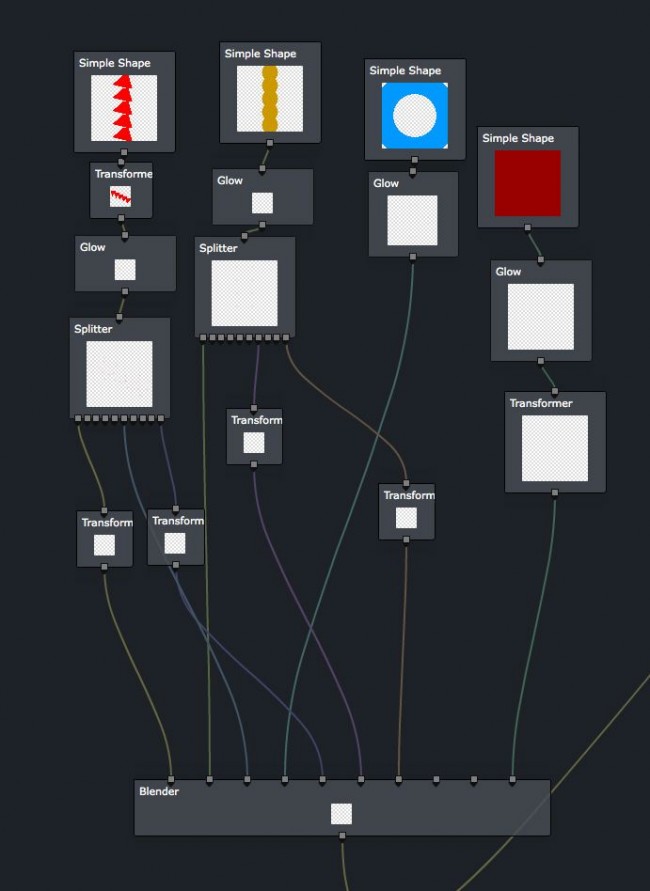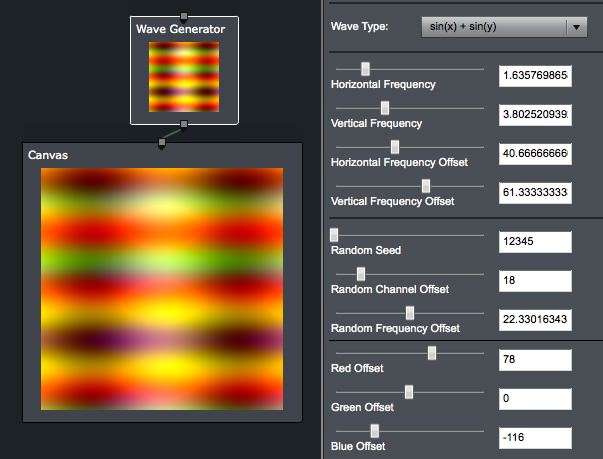Last day of a going-away tribute to advanced.aviary.com‘s Peacock
I feel like singing The Night They Drove Old Dixie Down. Never had much use for Dixie though. Here it is September 14. At midnight the dream turns back into a pumpkin. The Aviary community will be switched off like a light, and all the Flash apps — same switch. Peacock, R.I.P.
But rather than succumbing to infinite dolor I’d rather celebrate the the great bird. A male Peacock’s display is called a fan. I’m assuming our Peacock is an alpha bird and has a mighty spread to his fan. How big? You’re going to see…
Pictured below are a design made in Peacock, a real-size detail of its texture, and a screenshot of the array of hubs that created it. I mentioned earlier in this series that a benefit of the Peacock software is that it saves your method along with your image. You can go back and recreate, tweak, take a refresher course on your own methodology. So that snapshot of the hubs should mean that if I lose the file I could build another just like it in Peacock.
I’ll show you why that’s wrong.
Weavers by Sloan Nota in Peacock
Weavers detail
See my blog posts of September 9 and 10 for more detail on how hubs work.
___________________________________________________________________________
We need a mathematician. Peacock has over 90 hubs. Nearly all have a palette of controls unique to the hub. The Wave Generator has horizontal frequency, vertical frequency and nine other numerical sliders, along with alpha and color controls — and these all apply to your choice of nine different wave modes (sin waves, checkerboard…). And that’s the simplified version.
sample Peacock Wave Generator hub
The digits can extend to 15 places to the right of the decimal. In some occasions if you alter that 15th number your whole image changes. So how many permutations are possible within just this one hub? Meaning how many discrete images can you create with it? Tons.
Combine this hub with another and the math of the possible images skyrockets. Yet many compositions have 5, 20, 30 hubs. The math of their possible arrangements (Hub 1 after Hub 2, then moved after Hub 3…) would have to be reckoned along with the math of each hub’s inherent variations on its own. How many possible images? Liftoff.
So if I want to recreate Weavers in Peacock, the screenshot off all the hubs and of how they’re configured still won’t be enough. I count 14 hubs that have controllers associated with them. I’d have to have 14 more screenshots, each showing all the decisions made for every hub, every number for every slider.
So when that light switch turns Peacock off at midnight, the entire encoded thought processes of hundreds of artists around the world will be gone. Images we’ve saved, but the techniques we earned — not learned, earned — all gone.

